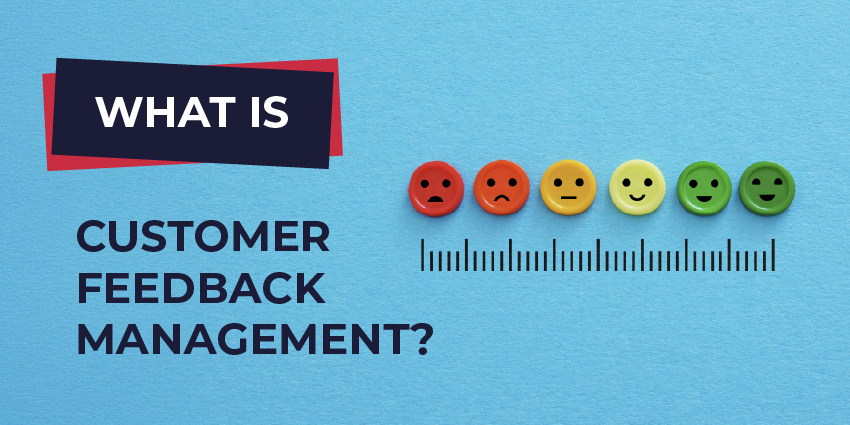Talk to the majority of people in the UC industry, and you will hear plenty of praise for the benefits of hosted call recording services.
With no upfront purchasing costs for expensive software, no set up, configuration or maintenance, no limits on usage or scalability, Cloud technology has helped to bring call recording down from the enterprise echelons and make it affordable and accessible to all.
Yet according to analysis from Spoken, 78 per cent of call recording deployments are still on-premises. The same research has found that 70 per cent of end users are planning to switch to Cloud services in the near future. But that raises the question – if the Cloud has so many benefits, why has this transition not happened sooner? Or are the advantages of Cloud call reporting simply being overstated, and for all the talk, the real proof is how people vote with their feet?
The Case for the Cloud
Here are the some of the main reasons cloud call recording software get such kudos:
- Single, transparent price points: Hosted SaaS services offer straightforward subscription pricing which covers all recording, storage and retrieval functions, plus maintenance and support, with no per user licensing costs or upfront purchasing costs
- Universal recording: Because Cloud providers run the services from massive data centres, they can allow universal end-to-end recording of all calls with no capacity restrictions
- Compatibility: Unlike many proprietary call recording software, cloud services are not designed to operate with a particular phone system. In fact, in order to attract the most business possible, it is important they operate with as many different ACD and CTI platforms as possible
- Accessible recordings: Cloud recording is designed for retrieval via web browsers, so tend to use file formats which are much easier to export and open in other applications
The Case for On-Premises
As compelling an argument as the pro-Cloud lobby makes, the figures don’t lie – on-premises remains, for now, the more popular choice for call recording solutions. Here are some reasons why that might be:
- Security: Cloud technology may well have evolved to address the concerns over cyber security which initially made people very tetchy about running their critical IT infrastructure online. But attitudes are slow to change, and especially in a field like call recording where privacy compliance is such a big issue, it may be that people are just more comfortable sticking with familiar on-premises systems
- Untangling the web: Call recording systems are rarely isolated pieces of kit you can simply switch off when you want to plug in a new model. As with most business IT, they become a cog in a bigger machine, through integration with CRM, ACD, IVR and all the other applications run in a typical contact centre. Even if you see the benefits of cloud migration, undoing all of this just to put it all back together again is a major job
- Product lifecycles: Connected to the last point, if you are running an on-premises call recorder and it still has several years of solid performance left, why change? If you’ve made the investment, you might as well let it run its course
Tipping the Balance?
If product lifecycles do partly explain why on-premises call recorders are so widely used, then there is an argument to say that hosted services will take up more and more of the market over time as natural cycles of renewal and upgrade come around.
But that still assumes that cloud recording is de facto a better option than on-premises. Another view is that the market will not support an either/or choice, and favour options which make the best of both worlds. Hybrid cloud deployments are becoming increasingly prominent across all ICT for exactly that reason. In call recording, it might be that businesses opt for the accessibility and flexibility of a hosted service, but still choose to store and manage calls on-premises for security and compliance purposes.
If that is the case, then product developers and service providers will have to follow both paths rather than choosing to back one or the other. But ultimately, it will be demand in the market which decides how it shapes up.







